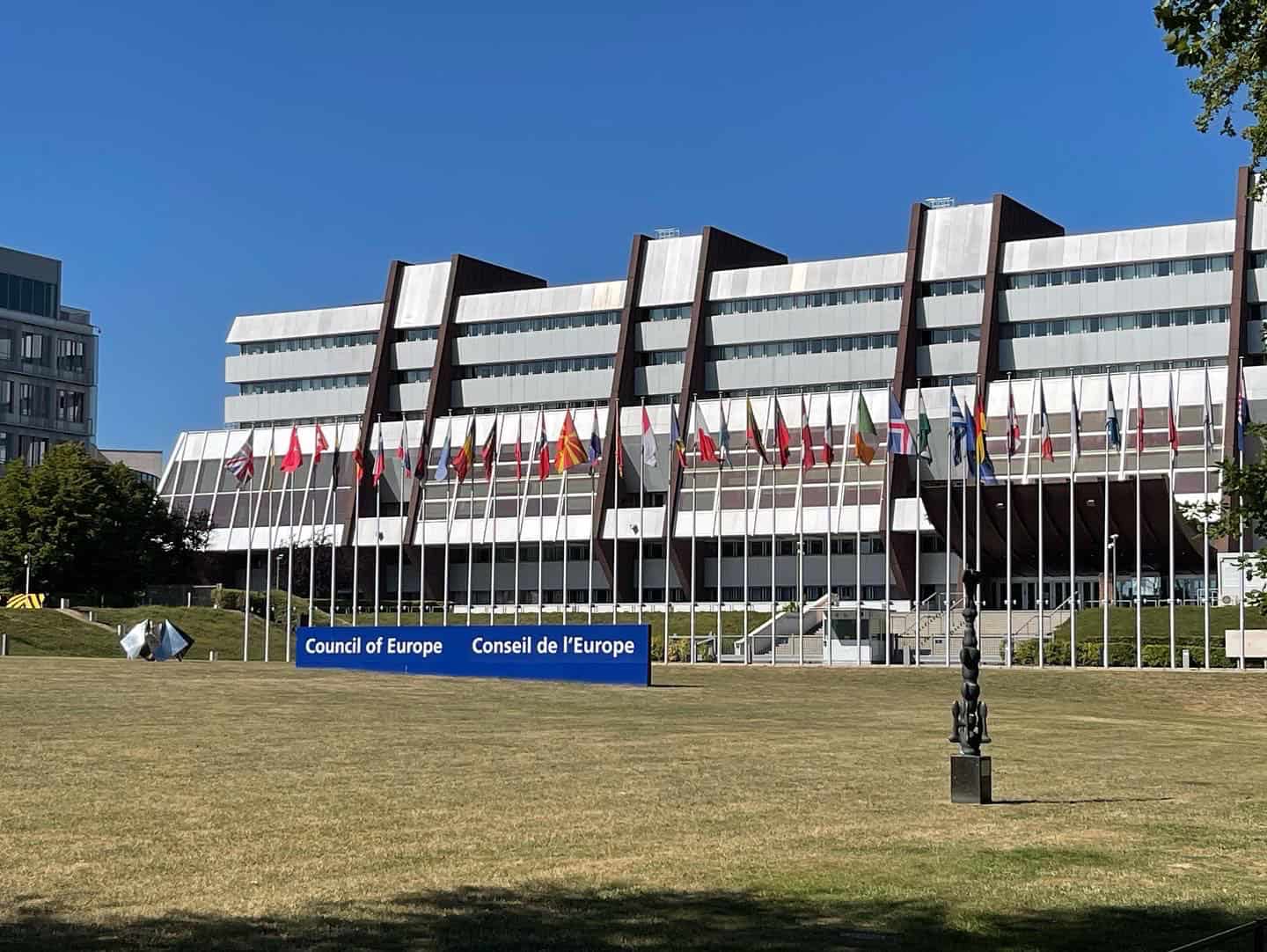The EU Building Efficiency Directive (EPBD) Adoption: A Closer Look
On 12 April 2024, the European Council, as the last and decisive body within the EU, adopted the proposal for a new directive on the energy performance of buildings, EPBD (Energy Performance of Buildings Directive). What will now happen at the EU level is that the revised directive must be signed and published in the Union’s Official Journal, after which the directive will be fully valid in all states of the Union.
Compared to the proposal for revision of the EPBD that was presented by the Commission just over two years ago, the now-adopted EU Building Efficiency Directive is less detailed and flexible for property owners, and greater responsibility is instead placed on the member states to regulate and facilitate the necessary energy efficiency improvements in the countries’ building stock. The main points of the revised directive:
Zero-emission buildings by 2050
In 2030, all new buildings must be zero-emission buildings, and in 2050, the EU’s entire building stock must be converted to such.
Minimum Energy Performance Standards (MEPS – Minimum Energy Performance Standards)
These standards shall apply only to non-residential buildings. The standards must ensure that the buildings do not use more than a certain amount of primary energy per m2 and year. The requirements are expressed as the percentage of the building stock that must have certain specified energy performance by 2030 and 2033, respectively.
Roadmap for progressive energy renovation
The member states must establish national building renovation plans and ensure that the average primary energy use for residential buildings is reduced by 16% by the year 2030 and by 20-22% by the year 2035 compared to the base year 2020. At least 55% of the reduction in energy needs must be achieved by renovating the 43% of the buildings with the worst energy performance. Furthermore, the member states must offer technical advice and financial support for renovations, especially for financially vulnerable households.
Given that the national building renovation plans do not need to be in a fixed form until December 2026 (see below), time will therefore be short for planning, implementing, and following up energy renovations until 2030, which suggests that real estate companies have a lot to gain by already today plan for immediate renovation efforts.
Phasing out of fossil fuels for buildings
The national building renovation plans must contain a plan for phasing out fossil fuels for heating buildings by 2040.
Solar energy and sustainable mobility
The new rules will ensure the provision of suitable solar energy installations in new buildings, public buildings, and existing non-residential buildings being renovated. They will also allow the charging of electric vehicles in or near buildings and bicycle parking spaces.
What is happening now and in the future?
The EPBD directive must be implemented in national legislation within two years. If not, the Commission can issue sanctions to Member States. According to Tobias Walla, ministerial secretary at the Ministry of Climate and Enterprise, the Swedish building renovation plans must be prepared by December 2026, and a draft must be available by December 2025.
Regarding the financing of upcoming energy renovations, according to Tobias Walla, there are already EU funds intended for renovation measures, especially for the buildings with the worst energy performance, for example, in the EU Social Climate Fund and the Fund for Recovery and Resilience.
BIM Energy Renovation – the ultimate guide
Planning for successful energy efficiency improvements means clarifying the energy technical and economic consequences of several alternative measures and combinations of measures. BIM Energy Renovation offers the best and most flexible simulation tool on the market to help you choose the best solutions for your needs.

